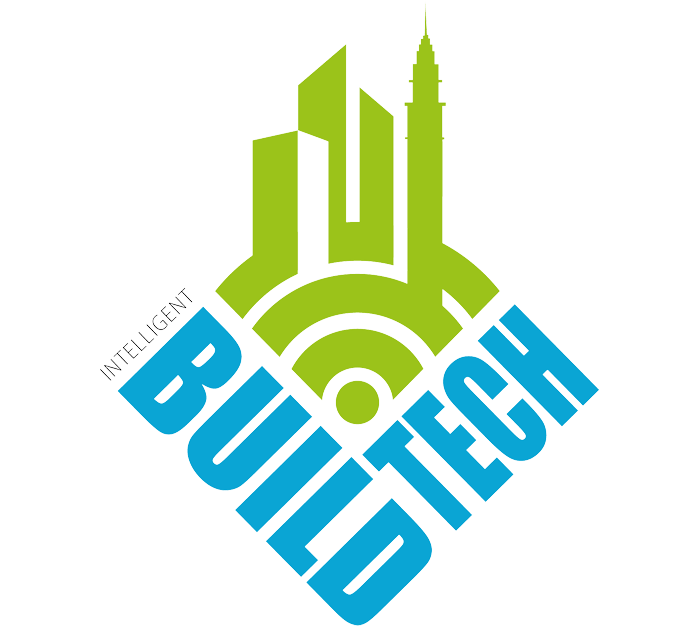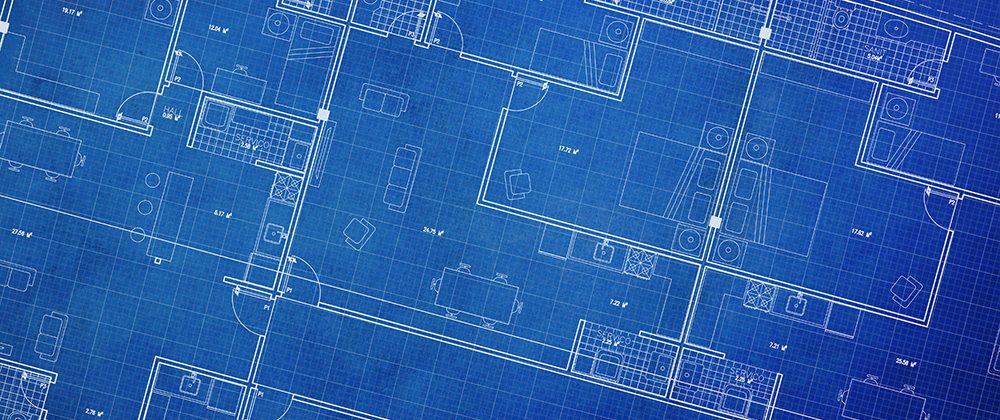Recent AI developments prompt reflection on its impact. Architects view AI as a timesaving ally yet acknowledge its limitations as emotion and empathy remain uniquely human for crafting meaningful spatial experiences. Here, Gavin Wu, an architect at JDDK Architects, looks at the parameters of AI’s effectiveness in architecture, analysing its current use and how its capabilities can be best used by the industry.

Emotional versus Artificial Intelligence in Architecture
Artificial Intelligence (AI) and its uses have dominated the headlines in recent months after Elon Musk and other tech industry figures signed a letter calling for a pause in the development of AI until its ramifications are better understood.
This call to put the brakes on from the engineers of AI themselves has added a sense of urgency to an already noisy conversation in most industries about the impact AI will have on jobs and workplaces.
The rapid development of AI has seen it go from undertaking simple automated tasks to demonstrating significant creative competencies within the last year.
AI as an architect’s ally
With further tech development, AI software could be used as an effective tool to help with productivity. Whether it’s design optimisation, assessing embodied carbon, refining and analysing floor plans, or complying with building regulations and writing specifications, AI can support a range of activities that are highly time-consuming when completed manually. In addition to the time saved, the automation of the above activities could also help to keep fees down for clients.
Over a decade ago, the Government initiative ‘BIM4Regs’ was introduced for the automated checking of building regulations, similar to the features of Singapore’s CORENET e-plan check. A BIM plug-in that gathers updated requirements from building regulations, as well as guidance for healthcare facilities, could be used to pick up on any compliance issues before they progress to the next stage and become more costly to unpick. If used within the right context, this would also offer potential cost savings for clients.
Adam Vaughan, a director here at JDDK, and I have been experimenting with two types of openAI-powered software – DALL-E and Stable Diffusion – to generate images that correspond to two of our projects, past and present.
After prompting the AI programs and firing questions to ChatGPT, it provided a number of suggestions with steps or lists of items for consideration, that may have not originally been on the radar. As an architect, you must balance many competing priorities in a project, such as policy or regulatory requirements coupled with the client brief. It takes a significant amount of time to pull all of these elements together through research as it is not possible to retain all of this information at once. AI is a useful source of information to prompt you on things you may have not considered, by exploring a wide range of design possibilities and finding solutions that may have been overlooked manually.
Where AI falls short
Although the capabilities of AI have come on leaps and bounds in recent times – whether it’s the auto transcription of Teams meetings, ChatGPT, or image generation software tools, from my experience so far, there are frequent factual errors. All outputs have needed to be thoroughly reviewed and edited by an experienced professional.
DALL-E for example produced some convincing imagery, however upon closer inspection, it was highly flawed. As with all software, it requires the knowledge of what detailed parameters to input and demands a high volume of input for limited results.
Our profession is about people’s experience of buildings and spaces and how they interact with them. Over the last 20-30 years, the influence of computer-generated design and glossy magazines has changed that slightly and resulted in a lot of architecture focusing on ‘sexy’ shots to show on social media, that focus on a singular image instead capturing the spatial experience of the actual architecture. Given that AI software is effectively an image generator rather than a design generator, this could intensify this trend and make the focus on aesthetics even more heightened.
Client communication is key to successful responses to architecture briefs, as the understanding of a client’s preference and style dictates the output. Everything must be considered through the lens of the client, which is not something you can obtain directly from AI without input from architects and fellow designers.
AI’s current role in architecture
The AI-generated software currently available could be a useful tool in generating visualisations, to help in the process of understanding client aspirations, although we do not necessarily need AI to do that. We can also use existing projects or photos of existing architecture from across the world, as we have done for decades. The magic of an architect’s role is working in collaboration with a client to really understand a design that meets their needs.
In some circumstances, DALL-E and Stable Diffusion could be useful in the conception stage in terms of generating images for a mood board, however, the output is only as good as the parameters that are entered, and the building will still have to be technically designed and crafted.
An architect generally spends a high volume of time on paperwork and a limited amount of time designing, so if AI can support the automation of time-consuming tasks, this will hopefully allow us to spend more time on design – where we most add value.
Over the last couple of decades, architects have moved from designing on drawing boards to incorporating CAD and now BIM. Adapting to AI will be the next step but like all software I think it will be used as a tool, with outputs only as good as the person using it.
“A tool is but the extension of a man’s hand and a machine is but a complex tool.” As the extract of the quote from Henry Ward Beecher, I believe AI is still just a tool, albeit a complex and intelligent tool. The big question is what would the world look like if we had a sentient AI?
Empathy and emotion are tools uniquely ours as people, to be used to create a spatial experience truly suited for human activities.




